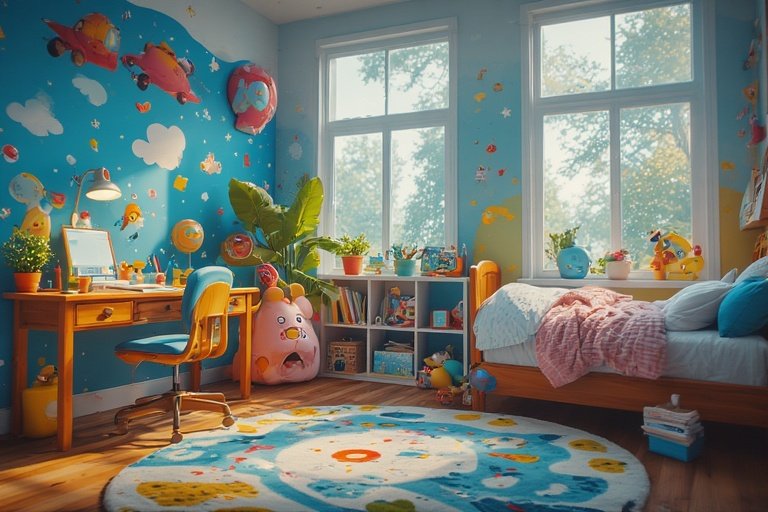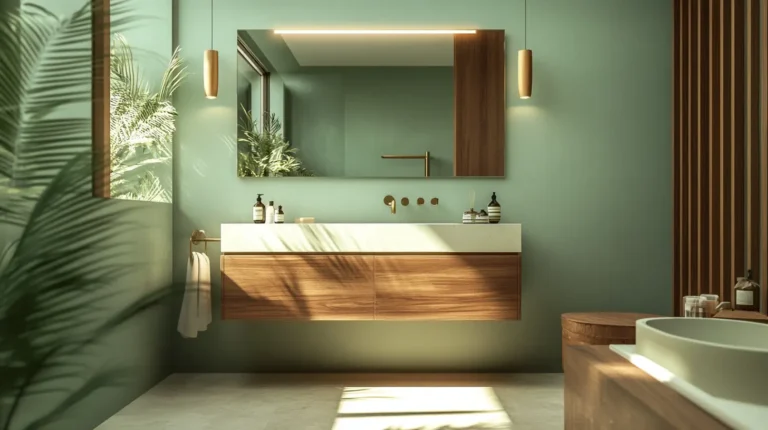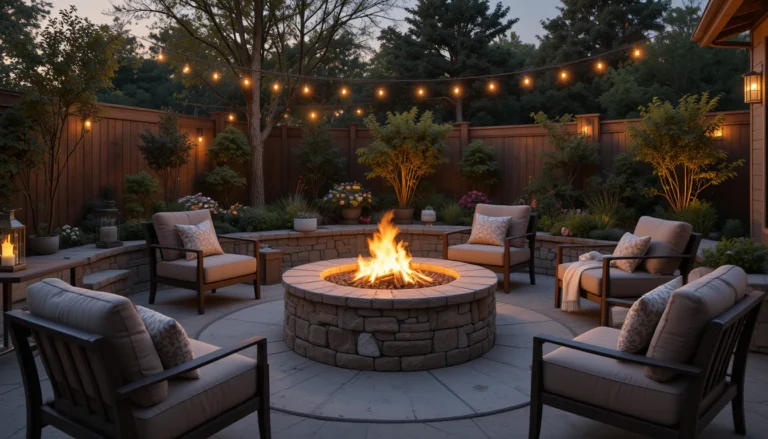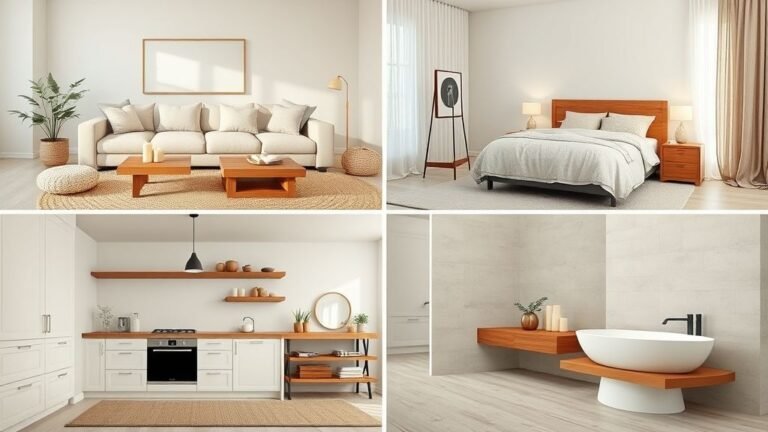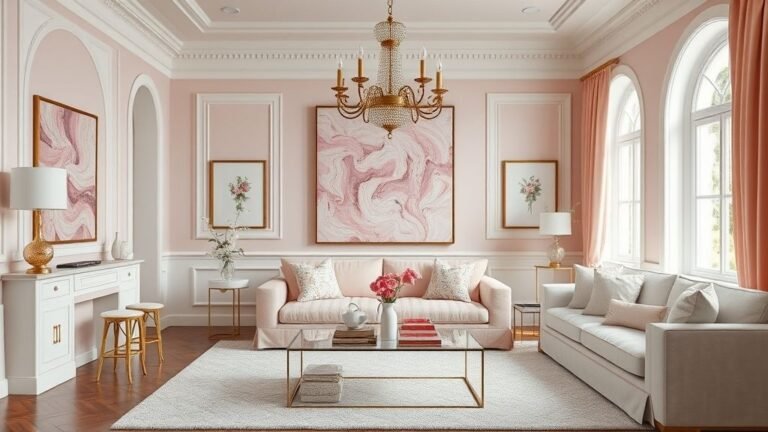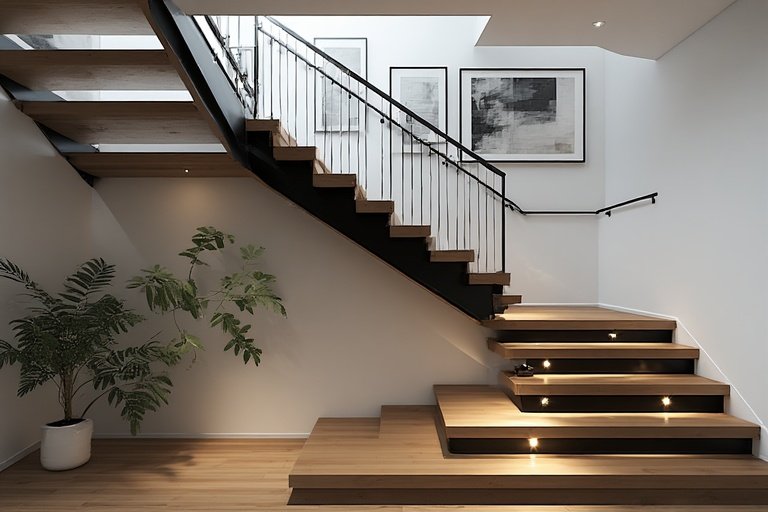Kids Room Ideas for Fun, Comfort, and Creativity
Designing a kids’ room is all about creating a space that sparks imagination while keeping it comfortable and practical. The perfect kids’ room balances playfulness with organization, style with safety. Whether you’re decorating for a toddler, tween, or teen, these kids room ideas will help you design a space that grows with your child and inspires joy every day.
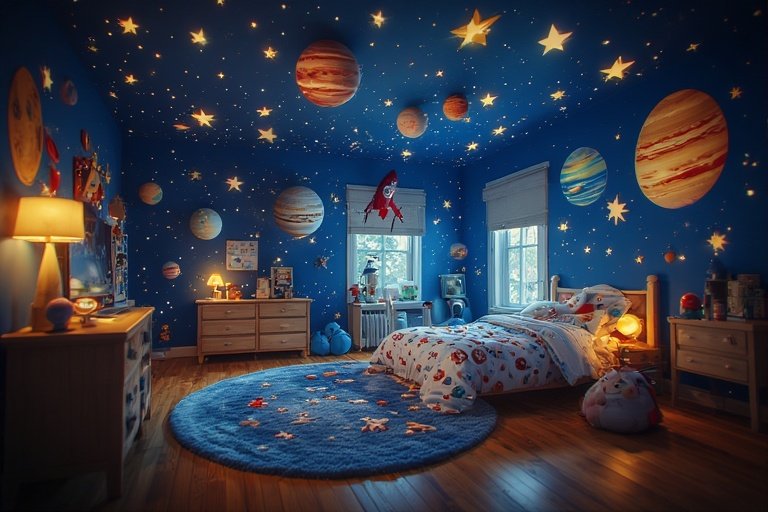
1. Start with a Theme They Love
Choosing a fun theme gives direction to your design. From outer space adventures to jungle safaris or princess castles, themes let you incorporate colors, furniture, and décor that reflect your child’s personality. Keep it flexible so it can evolve as they grow.
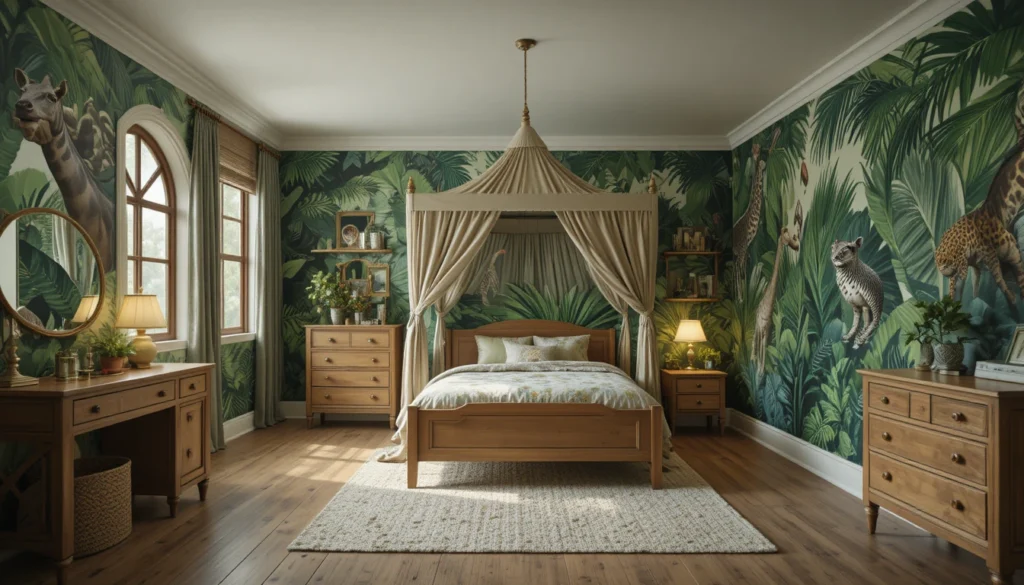
2. Use Bright and Cheerful Colors
Children respond positively to color, so embrace it! Use bright tones like yellow, blue, or coral on one wall or through accessories. Pair bold hues with neutral backgrounds to avoid overwhelming the space and to make it easy to update later.
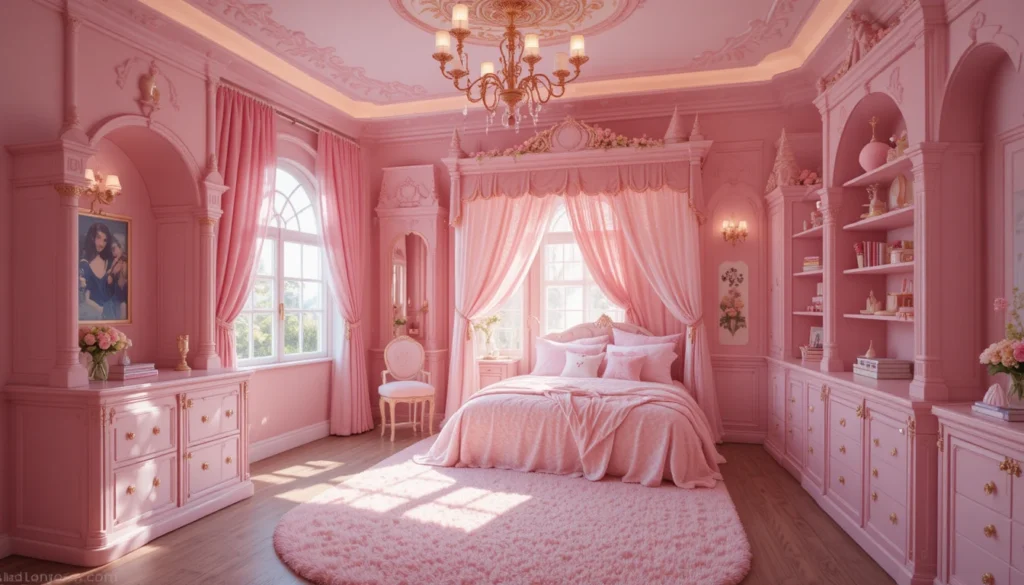
3. Add Multi-Functional Furniture
Invest in furniture that serves multiple purposes, such as beds with drawers or study desks that can expand. This maximizes space while keeping the room tidy. Modular pieces can adapt as your child’s needs change over time.
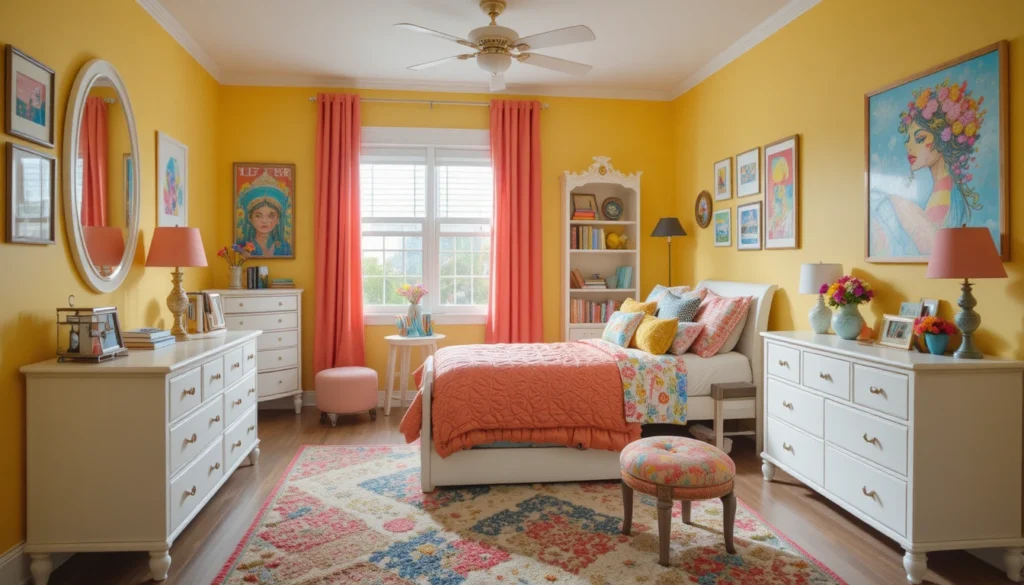
4. Create a Dedicated Study Zone
Even in a small room, a cozy study area can encourage focus. Choose a child-sized desk, a comfortable chair, and adequate lighting. Use shelves or pegboards to organize books, art supplies, and stationery neatly.
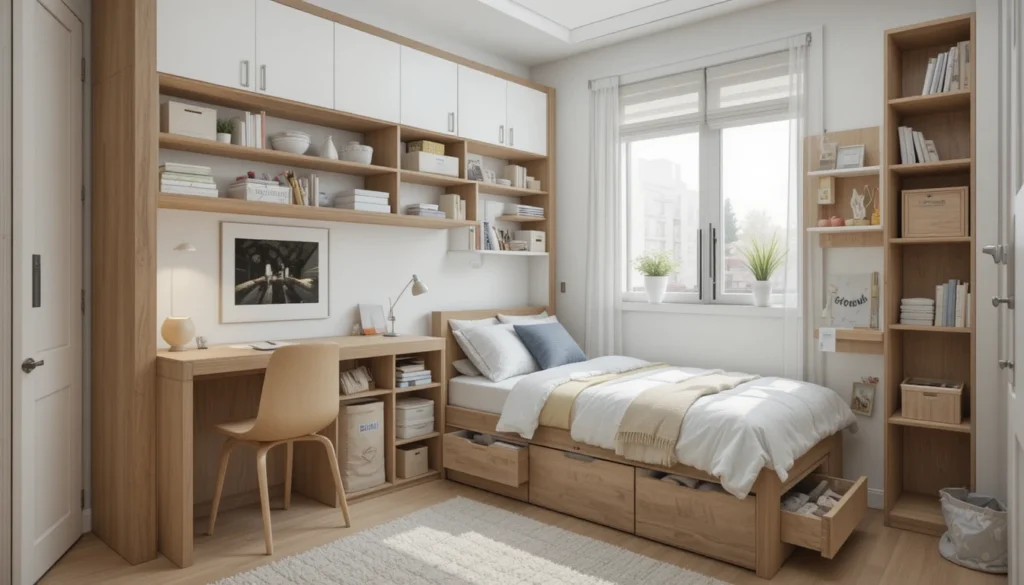
5. Incorporate Smart Storage Solutions
Kids’ rooms can get messy fast. Use baskets, bins, and under-bed drawers for toys, clothes, and books. Label storage containers to make cleanup easier and help children learn to stay organized.
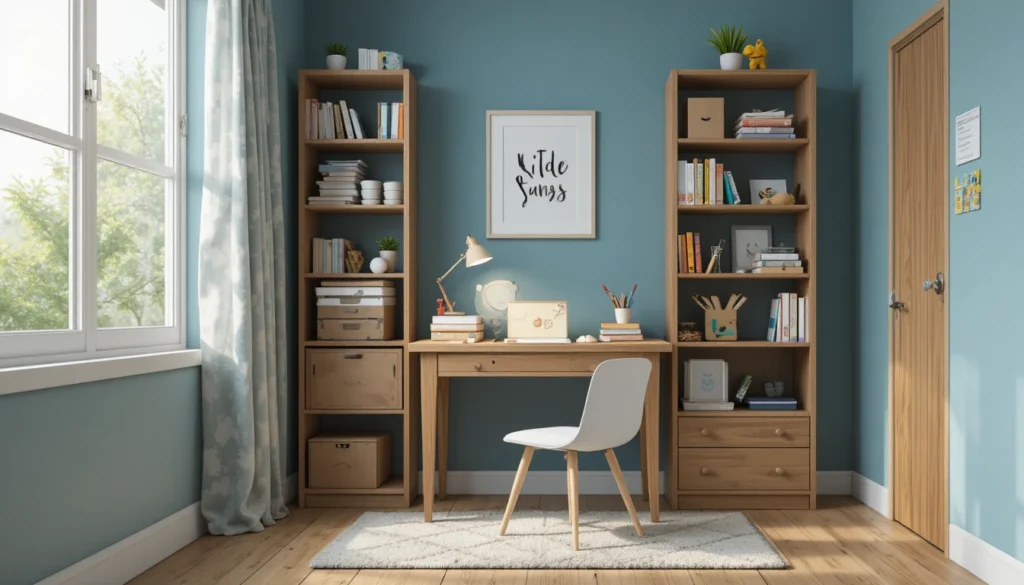
6. Design a Play Corner
Dedicate a small area just for playtime. Add a colorful rug, a mini tent, or a small play kitchen to create a fun and inviting space. It encourages creativity while keeping toys contained in one section.
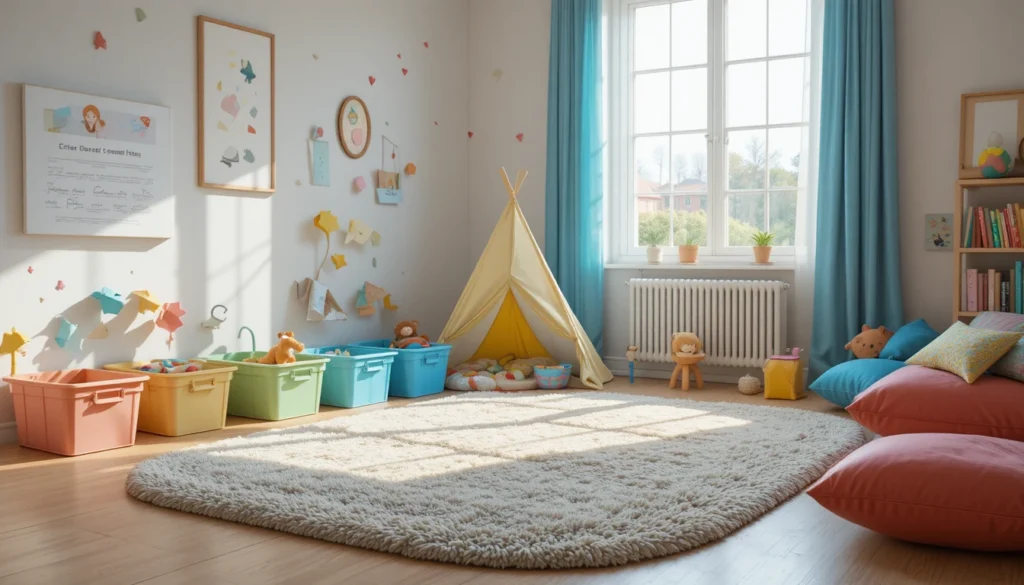
7. Include Educational Décor
Incorporate learning into the design with world maps, alphabet posters, or number charts. These visual elements make the space fun and educational at the same time, especially for younger children.
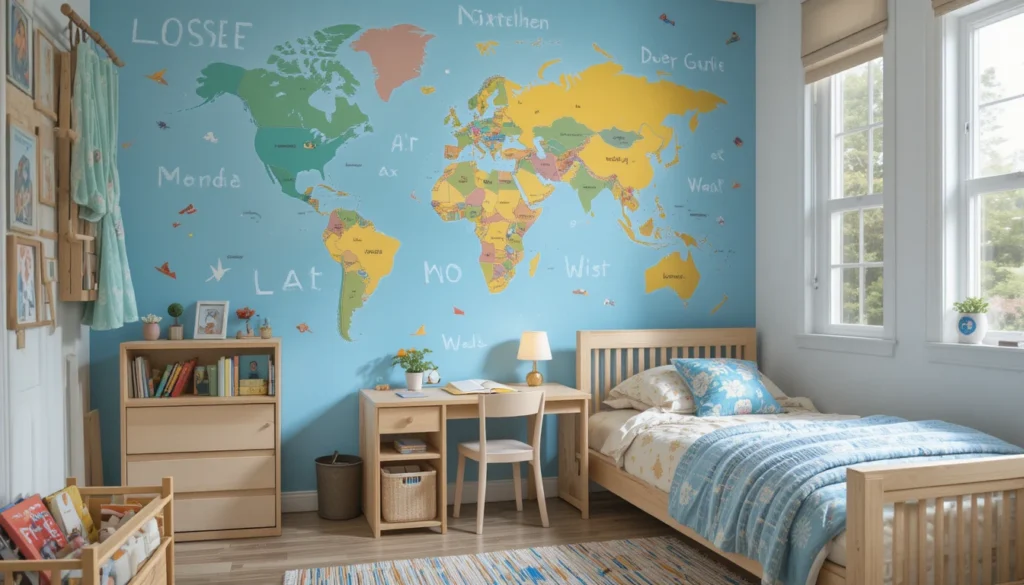
8. Use Soft Furnishings for Comfort
Rugs, cushions, bean bags, and curtains add warmth and coziness. Opt for washable fabrics and hypoallergenic materials to keep the environment clean and safe for kids.
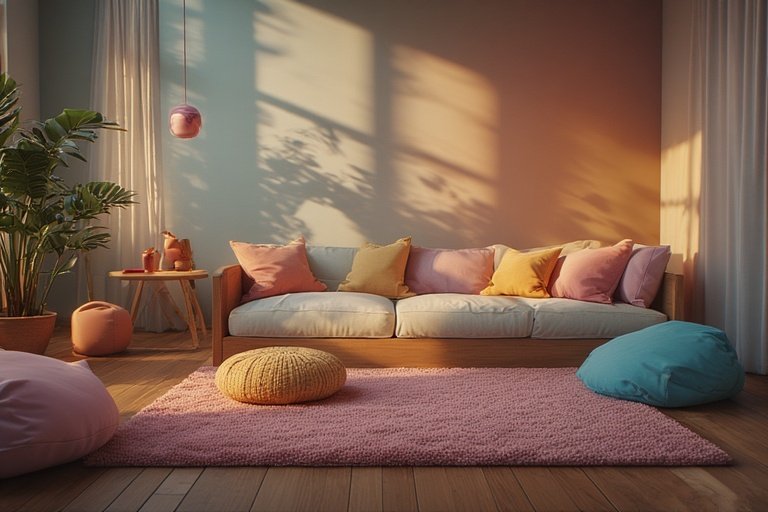
9. Personalize with Art and Photos
Display your child’s artwork or family photos to make the room uniquely theirs. Use frames, clipboards, or wire hangers so you can easily swap out old creations with new ones.
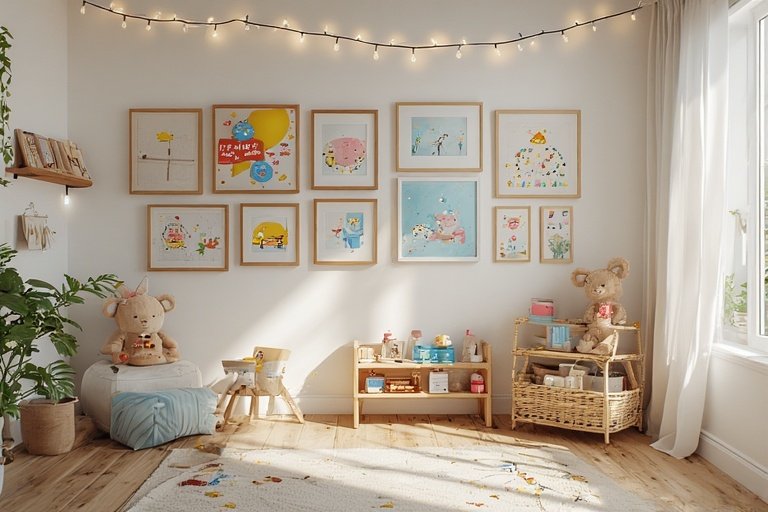
10. Add Creative Lighting
Lighting can change the entire mood of the room. Combine natural light with ceiling lamps, fairy lights, or nightlights in fun shapes. Warm lighting creates a calm atmosphere for bedtime, while bright lights help with study time.
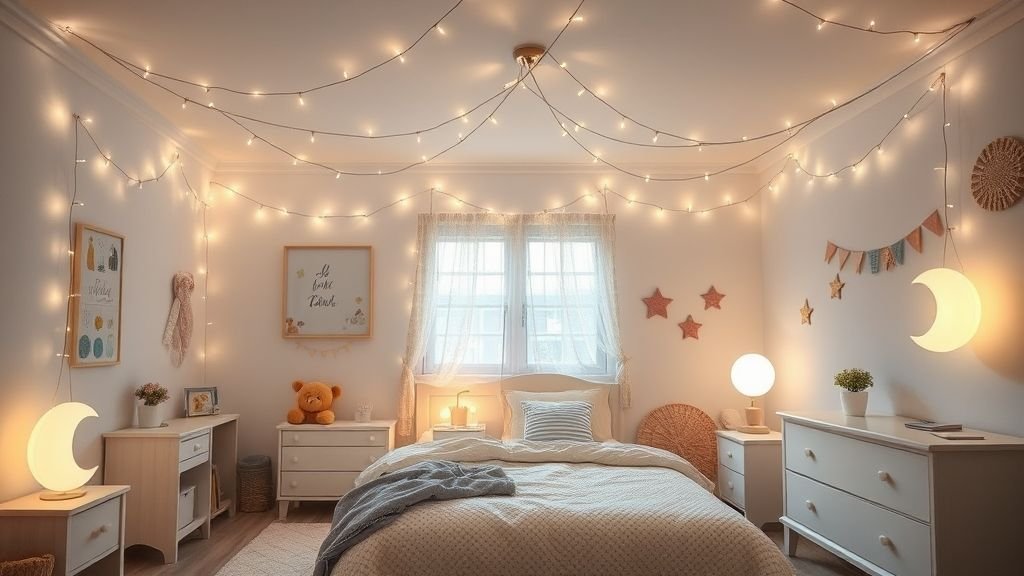
11. Encourage Imagination with Wall Art
Murals or decals can transform walls into a storytelling space. Whether it’s clouds, animals, or superheroes, choose peel-and-stick decals so they can be easily replaced as your child’s interests change.
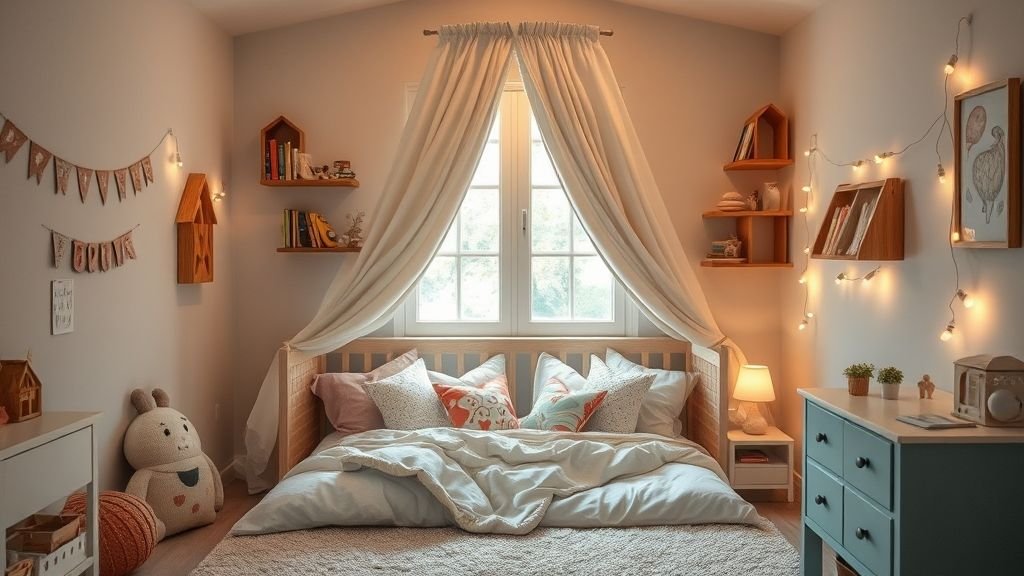
12. Design a Reading Nook
A cozy reading corner with soft pillows, a blanket, and a bookshelf encourages a love of reading. Use warm lighting and a small canopy for that extra magical touch.

13. Keep Safety a Priority
Ensure that furniture edges are rounded and heavy items are anchored to the wall. Avoid glass décor and use non-toxic paints. A safe environment gives you peace of mind while allowing kids to explore freely.
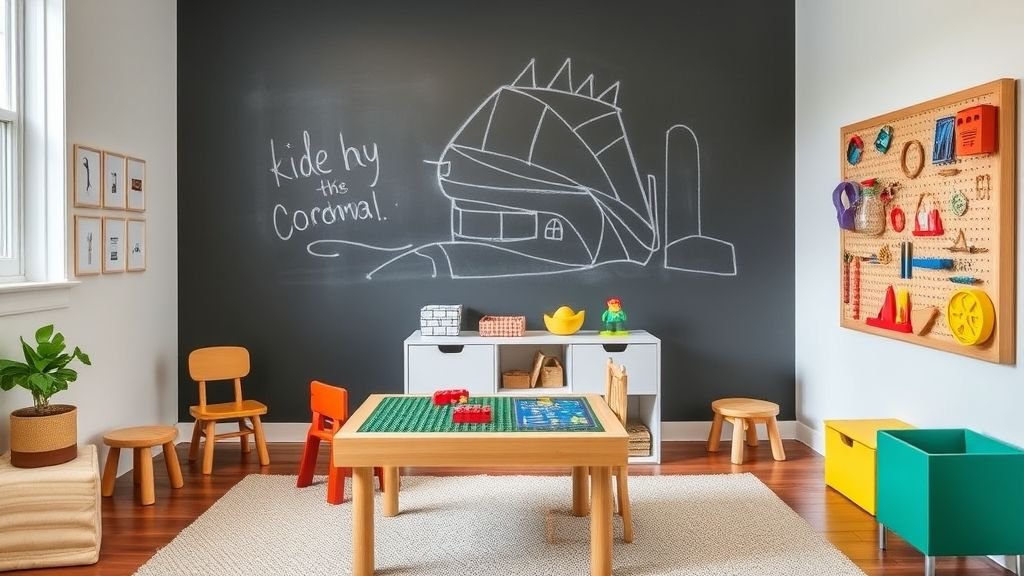
14. Add Interactive Elements
Install a chalkboard wall, magnetic board, or LEGO table. These elements make the room hands-on and engaging, allowing your child to express creativity and learn through play.
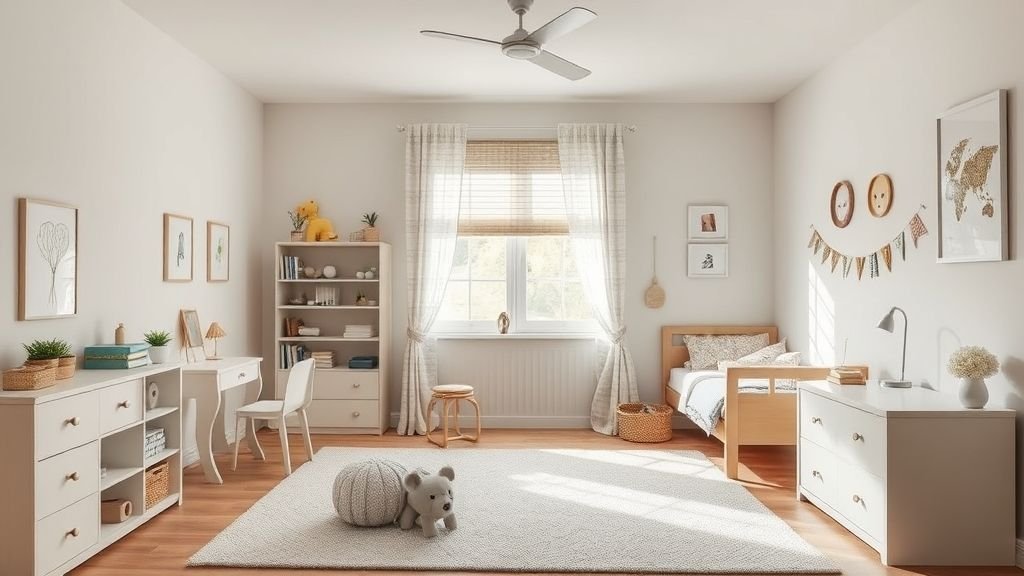
15. Make Room for Growth
Design the space to evolve with your child. Choose timeless furniture and easily replaceable décor so the room can transition from toddler-friendly to teen-ready with minimal effort.
Final Thoughts
A well-designed kids’ room is more than just a sleeping space — it’s where they learn, play, and grow. With the right mix of creativity, comfort, and organization, you can create a room that nurtures imagination and independence. Remember to involve your child in the design process so the space truly reflects their world.
FAQs
How can I make a small kids’ room feel larger?
Use light colors, multifunctional furniture, and wall-mounted storage. Mirrors and vertical shelving can also create the illusion of more space.
What are the best colors for a kids’ room?
Soft pastels like mint, lavender, or sky blue work well for calmness, while bold colors like yellow or red can energize the space.
How do I keep a kids’ room organized?
Use labeled bins, toy baskets, and under-bed storage. Teach your child to put things back in place as part of their daily routine.
What’s a good lighting setup for a kids’ room?
A combination of ceiling lighting, a desk lamp, and a soft nightlight offers both functionality and comfort.
How can I decorate a kids’ room on a budget?
DIY wall art, thrifted furniture, and removable wall stickers are affordable and easy ways to transform the room without overspending.

